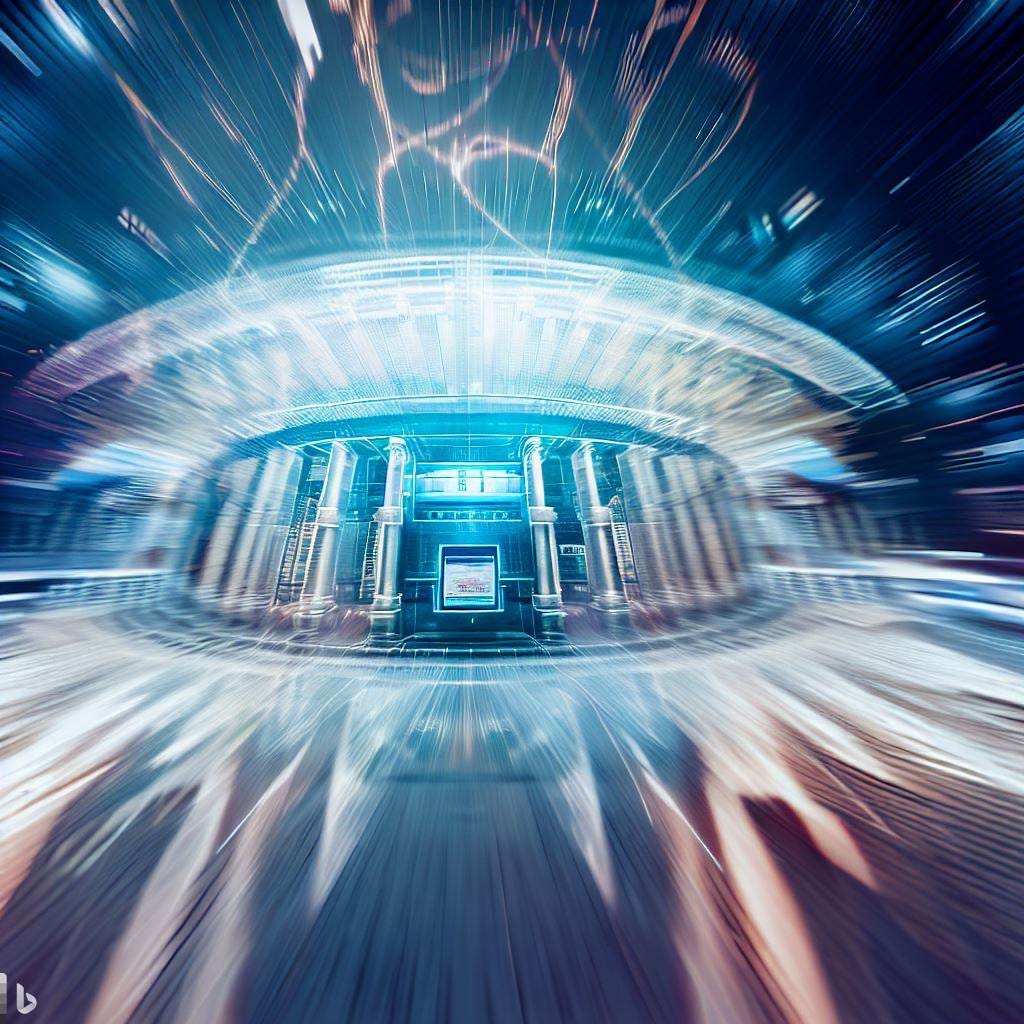Citi Anticipates Tokenisation to Become Crypto's Killer Use Case
The leading investment bank Citi projects the market for tokenised real-world assets to skyrocket from its current value to a staggering $4 trillion to $5 trillion by 2030.
In their recent March 2023 GPS paper, Citi outlines the growth of tokenisation as a substantial business opportunity, transforming both real-world and financial assets.
Check out our article below for an in-depth look at RWAs, where we defined tokenisation as “a new way to access, own, and trade previously illiquid assets on a digital platform”:
Tokenisation: Unlocking a New Way to Monetise Illiquid Assets
Tokenisation involves creating tokens on a blockchain to record information about underlying assets and liabilities, including attributes, status, transaction history, and ownership. According to Citi’s report, tokenisation can be divided into two main categories:
Real-World Assets: Illiquid, bespoke assets such as real estate, art, collectables, agriculture, climate, and intangible assets like carbon credits and intellectual property.
Financial Assets: Tokens representing existing financial value like money, stocks, bonds, commodities, and funds.

Sizing the Tokenisation Opportunity
Citi estimates that the tokenisation of global illiquid assets could become a $16 trillion business opportunity, representing nearly 10% of global GDP by 2030. By 2030, Citi forecasts $4 trillion to $5 trillion of tokenised digital securities, assuming 1% of corporate and quasi-sovereign bonds, 7.5% of real estate funds, 10% of PE/VC funds, and 2% of repo, securities financing, and collateral markets are tokenised.
Why Tokenise Real-World Assets?
Tokenisation unlocks new ways to monetise illiquid assets, providing benefits such as:
Improved transparency and liquidity.
Reduced investment minimums.
Opening up asset discovery.
Decentralised ownership.
Tokenisation can offer alternative financing avenues for small companies and SMEs through direct-to-retail decentralised finance (DeFi) channels.

Challenges Bringing Real-World Assets On-Chain
The tokenisation of real-world assets faces several challenges, including:
Interoperability issues between multiple blockchains.
A limited number of experienced custodians for tokens and underlying assets.
Duplication and unauthorised tokenisation.
Real-world liquidity risks.
Elevated cyber risks.
Difficulty in fully disintermediating processes.
Despite these challenges, as the infrastructure supporting tokenisation continues to develop and mature, Citi anticipates more blockchain-native assets with their entire life cycle managed and completed on-chain. As we mentioned in our article, “embracing the tokenisation revolution will be a key factor for businesses and investors alike as they navigate the rapidly evolving digital landscape.”

In conclusion,
Tokenising real-world assets presents a massive opportunity for traditional and digital finance sectors. By addressing challenges such as interoperability, custody, liquidity, regulatory compliance, and standardisation, the tokenisation market can unlock new possibilities for monetising illiquid assets and enabling greater investment opportunities. Furthermore, integrating tokenisation with DeFi platforms can further accelerate the growth and adoption of tokenised assets, making them an essential part of the future financial landscape.





